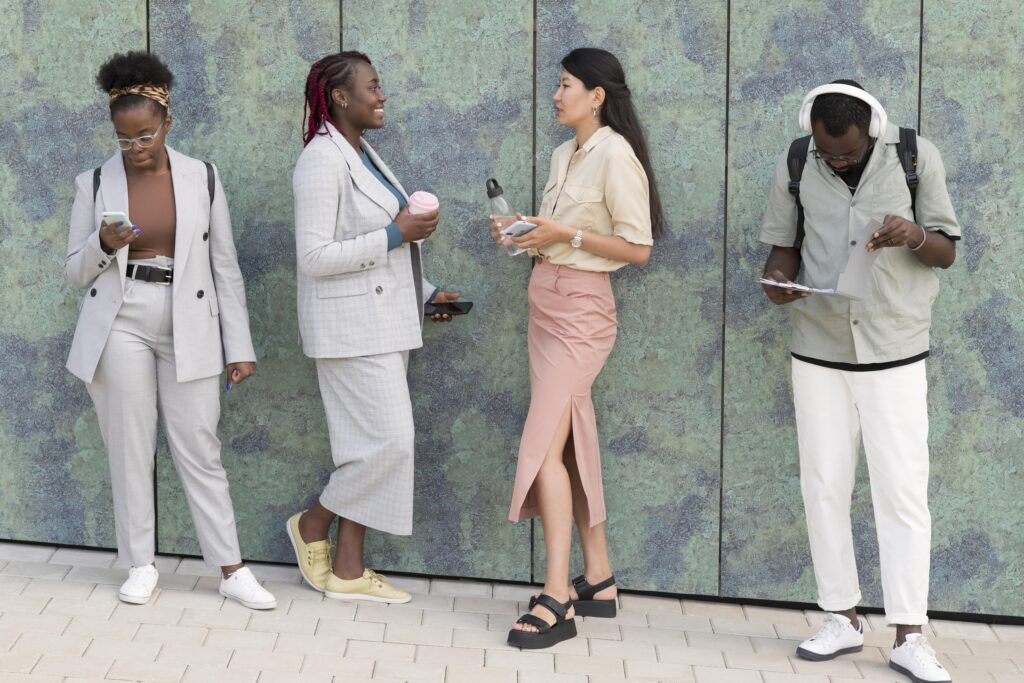Asian fashion has swiftly moved from the periphery to the center of global style conversations. What was once seen as niche or traditional is now inspiring some of the world’s most influential designers and fashion houses. From Tokyo’s cutting-edge streetwear to New Delhi’s richly embroidered saris, the continent’s diverse sartorial heritage is influencing how the world dresses.
A defining feature of Asian fashion is its ability to blend deep-rooted traditions with modern aesthetics. In countries like China, Korea, and India, designers are reimagining cultural garments such as the cheongsam, hanbok, and lehenga with contemporary cuts, fabrics, and silhouettes. These pieces retain their cultural DNA while becoming more wearable and appealing to a global audience. The result is fashion that tells a story a narrative of history, identity, and innovation.
The growing popularity of Asian fashion can be seen in international runways, celebrity wardrobes, and social media platforms. K-pop idols and Bollywood stars have become trendsetters far beyond their home countries, often wearing pieces that merge luxury fashion with traditional elements. At the same time, Asian influencers are helping reshape beauty and fashion norms, making space for representation and challenging Eurocentric standards.
Street fashion has also played a crucial role in Asia’s fashion revolution. Neighborhoods like Harajuku in Tokyo and Hongdae in Seoul have become creative hubs where young people express individuality through bold, experimental styles. These spaces have birthed trends like oversized layering, mixed prints, and androgynous styling all of which are now globally recognized.
What truly sets Asian fashion apart is its philosophical and artistic undercurrent. Many designers draw inspiration from calligraphy, mythology, martial arts, and spirituality, embedding these themes subtly into the clothing. This approach transforms fashion into more than just attire; it becomes wearable art that reflects cultural consciousness.
Sustainability is another growing element in the Asian fashion scene. Designers are reviving ancient textile practices and working with local artisans to create slow, ethical fashion. Whether it’s hand-dyed fabrics, natural fibers, or zero-waste patterns, there is a conscious shift towards mindful design.
As borders blur and cultural exchanges flourish, Asian fashion continues to break stereotypes and broaden the definition of style. It proves that tradition doesn’t have to resist modernity it can evolve alongside it. The result is a fashion movement that’s not only visually striking but deeply rooted, signaling that the future of fashion may very well speak with an Asian accent

